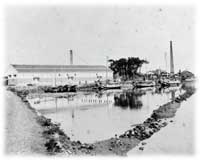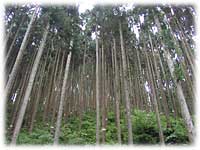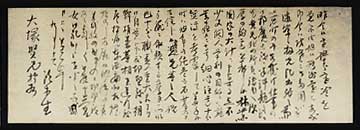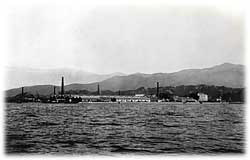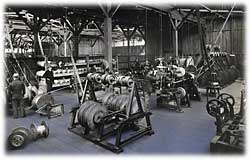Introduction
In 1878, Masaya Suzuki, who later became the third director-general of the House of Sumitomo, was still a student of the Yobimon (Preparatory School) of the University of Tokyo. His classmate Yoshimasu Kawamura, who went on to become a judicial official and a member of the House of Peers, recalled: “Soon after coming to Tokyo, Suzuki entered the Preparatory School of the University of Tokyo. He already had a vision and was eager to contribute to the nation and society. He got on well with other aspiring students who came to Tokyo from all over Japan.” By joining Sumitomo, Suzuki was able to fulfill his aspirations. We need to go back to his childhood to find out about his character.
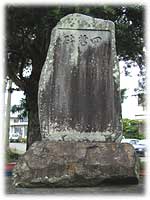
Childhood
On February 24, 1861, Masaya Suzuki was born in Takanabe in Hyuga Province (present-day Takanabe Town, Miyazaki Prefecture), the fourth son of Taneyo Akizuki, who was the chief retainer of the Takanabe Domain, and his wife Hisako. Masaya’s eldest brother Turutaro was a follower of the imperial faction in the closing years of the Tokugawa shogunate. His second eldest brother Chohei, who was adopted by the Kuromizu family, relatives of the Suzuki family, was active in local industrial development. And the third eldest brother Satsuo was a diplomat. At the site where the family house once stood is a monument commemorating the four brothers.
The Meiji Restoration coincided with a period of much turbulence and hardship for Masaya, then just eight years old. On February 5, 1868, his older brother Turutaro died at the age of 25 of an illness he had contracted in prison. He had been arrested by the shogunate in 1867 while on his way to rescue feudal retainers of the Satsuma Domain who were in hiding at the Takanabe Domain’s residence in Edo. On June 9 of that year, Masaya’s mother, Hisako, died suddenly at the age of 45. On August 26, his maternal great uncle Takafusa Suzuki died at the age of 75 and later that year Takafusa’s adopted son Morifusa died at the age of 27, having fought and perished in the Boshin War, a civil war between imperial and shogunate forces. On April 2, 1869, with a view to restoring the fortunes of the Suzuki family, Morifusa posthumously adopted Masaya.
Masaya’s biological father Taneyo wrote of the sorrow he felt upon the loss of his wife Hisako: “Satsuo was eleven and Masaya was eight. On her deathbed, Hisako repeatedly asked our maids to take good care of the children. Her words still ring in my ears.” Taneyo was opposed to the participation of the retainers of the former Takanabe Domain in the anti-government forces because he believed they would be stigmatized as traitors. He was incarcerated by the rebels during the Satsuma Rebellion, fell ill in prison, and died on June 23, 1877 at the age of 64.
Masaya’s childhood was overshadowed by the deaths of his brother, his father, and other close relatives—all of whom lost their lives in an honorable cause.
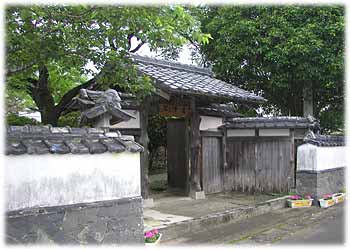

 EN
EN
